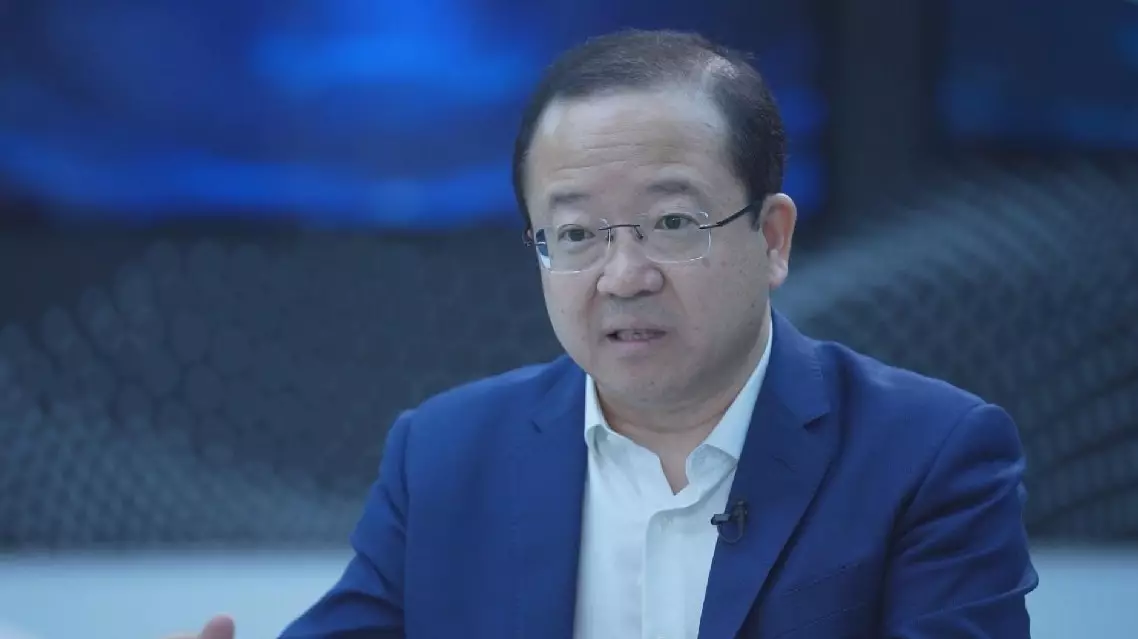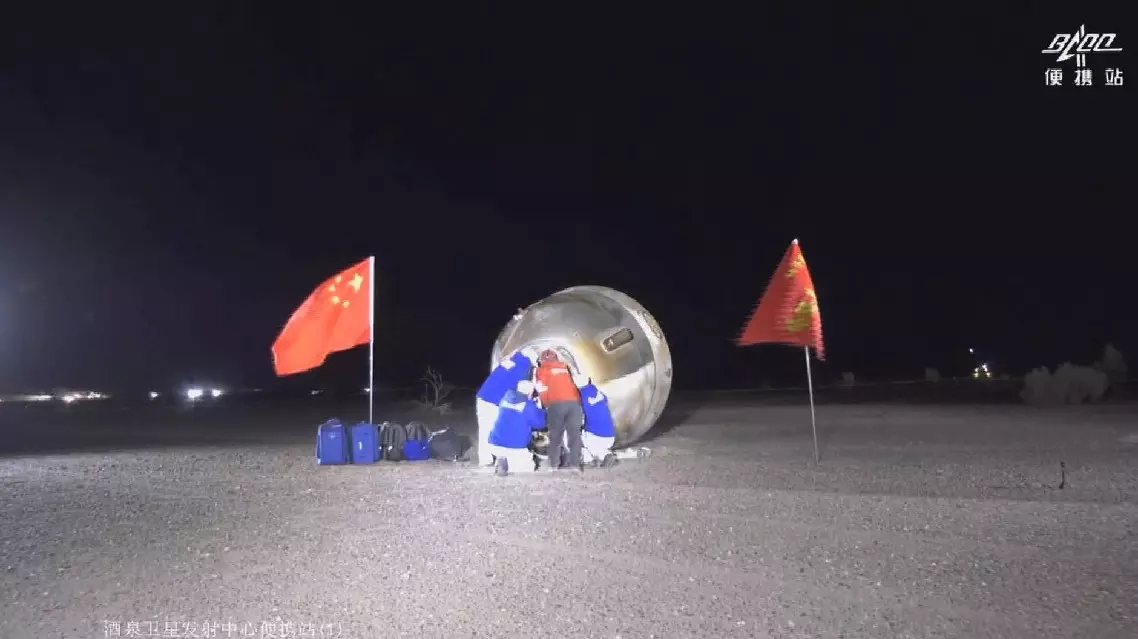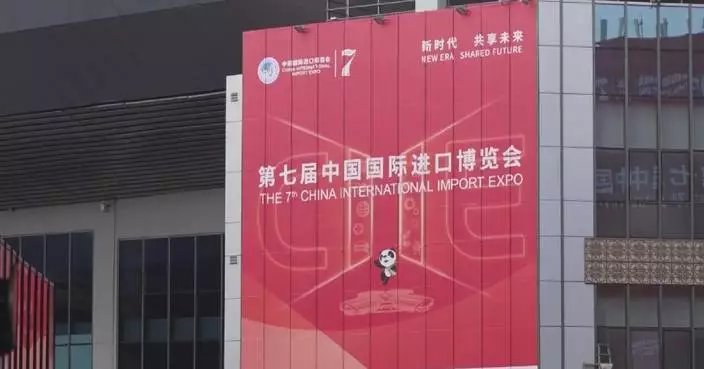HarmonyOS NEXT, the first fully homegrown operating system developed by Chinese tech giant Huawei, has broken through the limitations of Linux and Android, opening the door to a much wider application space, said a leading member of its development team.
Released on Oct 22, the operating system abandons the traditional Linux kernel and the Android open source code project AOSP and only supports applications under its own kernel and system. As of now, more than 15,000 HarmonyOS native applications and meta-services have been launched.
Wang Chenglu was formerly the president of Huawei's consumer business software department and led the research and development of HarmonyOS. He is now CEO of the Shenzhen-based Kaihong Digital Industry Development Co., an Internet of Things system developer committed to exploring more possibilities for the system.
In an interview with China Central Television, Wang highlighted that the system can facilitate connections between different devices and stressed that it will have a wider range of applications in the future.
"HarmonyOS provides a channel for all devices to use a common language. As long as the system is installed, all devices work in the same language. Replacing Android is less than five percent of its value, and 95 percent of its value lies in a wider application space," said Wang. In 2015, Wang became the president of Huawei's consumer business software department, responsible for the strategic planning and development of Huawei's terminal software. Since then, he made up his mind to truly make a homegrown operating system.
"Today, except for Windows, almost all operating systems in the industry, whether used on mobile phones or computers, use kernels that are derived from Linux. What Huawei has done today is to change almost all of the underlying kernel layer and make it work in our own way," Wang said.
Wang said that breaking through the underlying limitations of the kernel can better achieve the coordination between the system and hardware, thereby better unleashing better hardware performance.
"[We highlight] the full stack coordination between our entire system and hardware. The full stack is not a certain point, it is a systemic question. If we do not have the ability to change all systems, it will be a black box, and we will have no way to improve the performance. If we want to fully release the hardware capabilities, the best way is to rewrite it completely," said the developer.
He added that the most important qualities in the development process are long-term vision and an indomitable spirit, which gave the team the determination to make an operating system of their own.
"The first is the ability to think systematically. The second is to never admit defeat. If we want to compete with others globally, I think this spirit is particularly important, that is, we must never admit defeat," Wang said.
"I hope that our unique perspective lets us see where the future of software is headed. How can we apply our vision of the future to make software? I think we should make software according to product it's used for, and the best way to do that is with the operating system, because the operating system is the epitome of software, so I wondered if we could make our own operating system," he said.

Huawei's HarmonyOS opens new opportunities for software applications: developer
The Shenzhou-18's return capsule, carrying three Chinese astronauts, returned to Earth early Monday morning after a six-month space station mission.
The return capsule, carrying astronauts Ye Guangfu, Li Cong, and Li Guangsu, touched down at the Dongfeng landing site in north China's Inner Mongolia Autonomous Region at 01:24 (Beijing Time) on Monday, and the crew had all exited the capsule by 02:15, according to the China Manned Space Agency (CMSA).
After spending 192 days in orbit, the three astronauts returned in good health, and the Shenzhou-18 manned mission was a success, the CMSA said.
"This search and rescue mission went particularly smoothly. This is also the second time our landing site has carried out the recovery mission of the return capsule under dark and low-temperature conditions," said Xu Peng, leader of the ground command team for the Shenzhou-18 search and rescue mission.
Shenzhou-18 commander Ye Guangfu, who now holds the record for the longest stay in orbit among Chinese astronauts, was the first of the three crew members to emerge from the return capsule.
"I am proud of my motherland. I am grateful to the great motherland, the people of China, and the entire project team for making our dream of spaceflight a reality and ensuring our safe return. Our Shenzhou spacecraft family has continued the relay of space exploration, and I believe that a new record for time spent in orbit by Chinese astronauts will soon be set," Ye said.
"During this trip to realize our space dream, our crew members united as one and collaborated effectively with the ground teams. The two extravehicular activities were completed smoothly, as were the in-orbit scientific research experiments," said Li Cong, the second astronaut to emerge from the return capsule.
"Returning to Earth from space is a mixture of excitement and joy at being back home, along with a sense of attachment to space. The greatest feeling at this moment is that I am so proud of our great motherland," said Li Guangsu, the third astronaut.
The Shenzhou-18 crew arrived in Beijing by plane on Monday after a six-month space station mission.
They will now enter a period of medical quarantine and undergo comprehensive health evaluations, the CMSA said, adding that they will meet with the press in Beijing afterward.
"The three astronauts completed their entire process of readapting to gravity smoothly. Following our evaluation and initial medical examinations, their physical health is good. This shows that their intensive training for the mission has produced very good results," said Xu Chong, an official at the China Astronaut Research and Training Center.
The Shenzhou-18 crew was launched into space from the Jiuquan Satellite Launch Center in northwest China on April 25. Before their return, they handed over the space station to the Shenzhou-19 astronauts, who boarded on Oct. 30.
On May 28, the crew completed their first spacewalk. During the 8.5-hour extravehicular activity (EVA), astronauts Ye Guangfu, Li Cong, and Li Guangsu successfully installed protective devices against space debris, among other tasks.
On July 3, the Shenzhou-18 astronauts completed their second spacewalk, which lasted about 6.5 hours.
The crew also conducted a series of scientific experiments, advancing research in space material science, space life science, and space medicine.

Shenzhou-18 crew in good health after returning safely to Earth










